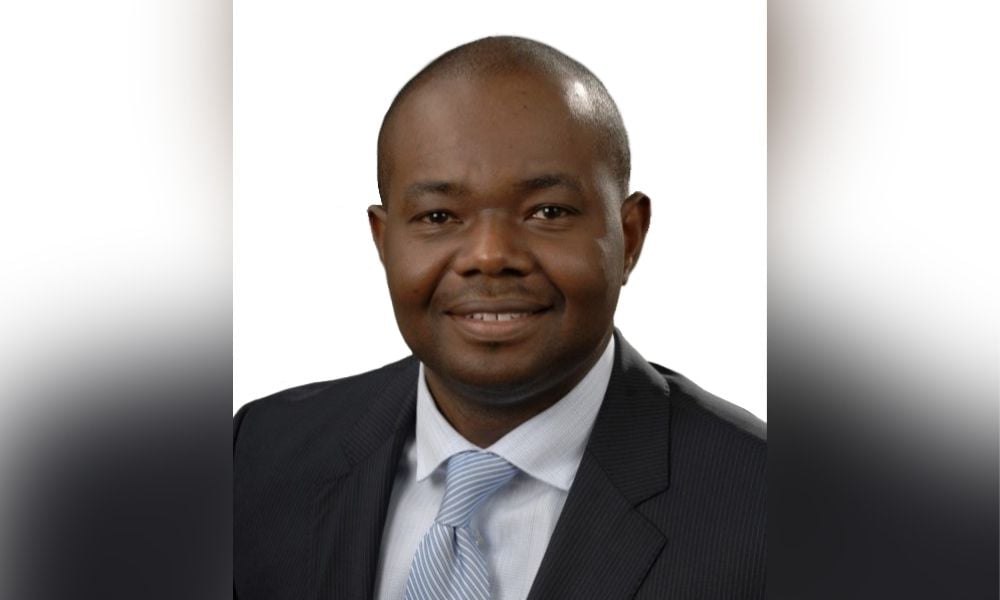Despite strong financial positions at end of Q1, plan sponsors must do more to face near-term uncertainty

Despite the uncertainty and turbulence that’s barraged financial markets over the past three months, Canada’s defined benefit pension plans finished Q1 2022 in a strong funded position.
According to the latest reading of the Mercer Pension Health Pulse, the median solvency ratio among Canadian defined benefit pension plans rose by five percentage points in the first quarter, from 103% to 108%. That represented the highest funded ratio since 2008.
To many people, that outcome might sound like a positive surprise. But in one sense, it wasn’t so surprising to Ben Ukonga, Principal at Mercer Canada.
“It was surprising in that equity markets have declined year to date,” Ukonga said in an interview with Wealth Professional. “So pension plan assets are lower than they were at the beginning of the year.”
Across the universe of pension plans monitored by Mercer, the majority saw negative investment returns in the first quarter. But during that period, bond yields also went through a generally anticipated increase as interest rates went up. Because pension plan obligations are inversely related to interest rates, their liabilities went down as a result.
“For the past 20 years until last year, interest rates were mostly decreasing, and DB plan liabilities rose as a result. Now we’re seeing the opposite of that,” Ukonga says. “I wouldn’t call it a stroke of luck necessarily. It’s just a natural consequence of how DB plan obligations are measured.”
While pension plans balance sheets have improved, that doesn’t necessarily mean they’re in a strong position to face the near-term challenges and uncertainties in the markets. The biggest X-factor for Ukonga is the crisis in Ukraine, as there are many unanswered questions around how long it will last, whether other parties will get involved, and other risks. Because of these uncertain times, he says it’s absolutely important for pension plans to have proper governance and risk management structures in place.
“For a well-funded, mature and closed pension plan, there’s little upside reward for taking on risk,” he says. “So a plan that’s well-funded, mature and closed, should probably reduce its equity market exposure, and better match its fixed-income investments on the asset side with their plan obligations. Adopting strategies like annuity purchases may also make sense.”
In contrast, de-risking may not make as much sense for a DB plan that’s still open to new entrants. Since future accruals by active members may end up increasing costs overall, the plan sponsor may want to continue taking calculated risks so the costs of the plan stay manageable.
While he doesn’t want to minimize the humanitarian catastrophe and suffering caused by the war in Ukraine, Ukonga notes that pension plans have been able to weather multiple bouts of volatility and downturns during the 22 years he’s been in the business of monitoring them. In 2000, the tech bubble roiled financial markets; around eight years later, it was the global financial crisis. Then in 2011, the U.S. debt ceiling crisis sent shockwaves across the markets. In all those instances, Canadian DB plans took a hit to their financial positions, but were able to get through with the proper measures to manage their risks.
“At the end of last year, the risks on the horizon came from high equity valuations and record levels of inflation. Then almost to the end of February, the Russian government invades Ukraine, which increased the uncertainty in the market,” Ukonga said. “We don't know what's going to happen tomorrow. So plan sponsors need to have proper governance and risk management procedures and structures in place, such that when unknown events occur, they know what to do and not do to weather that storm.”



